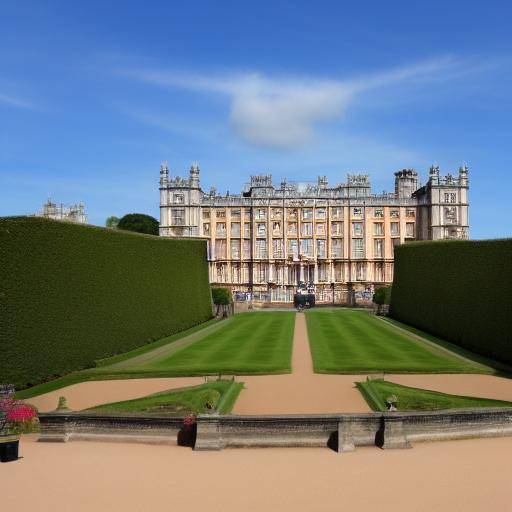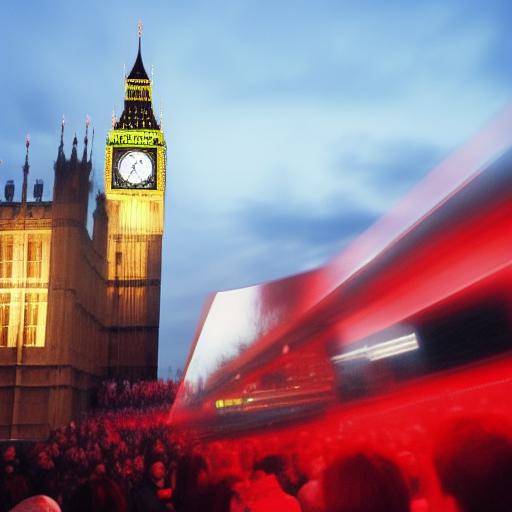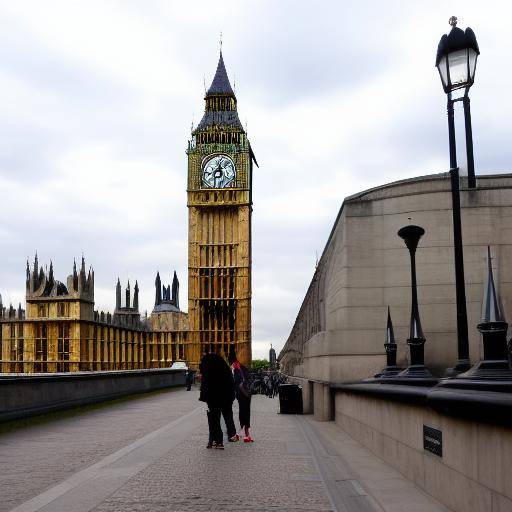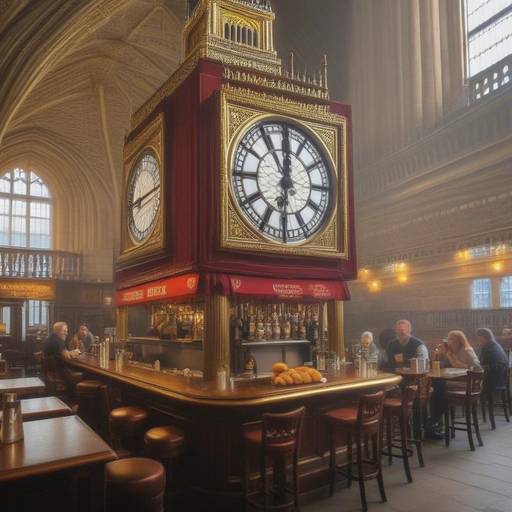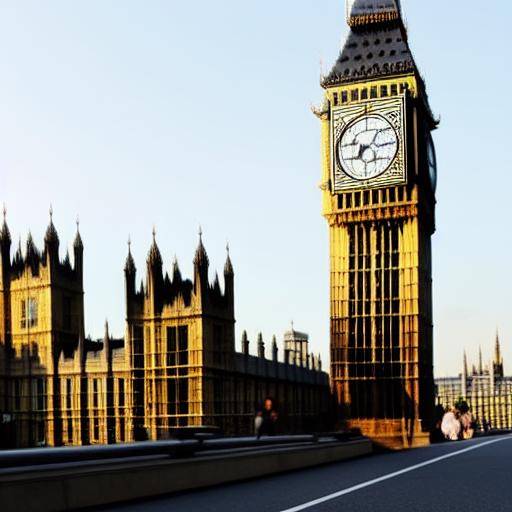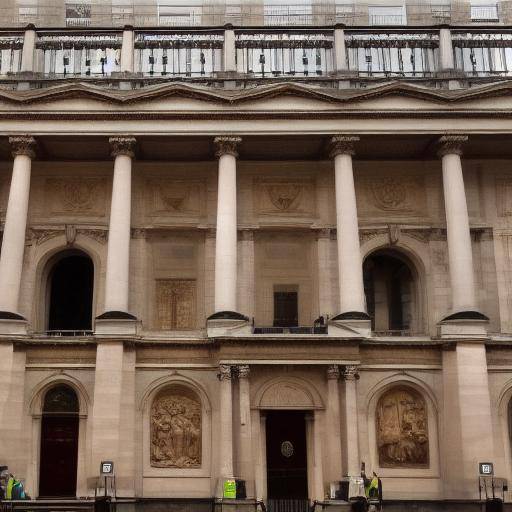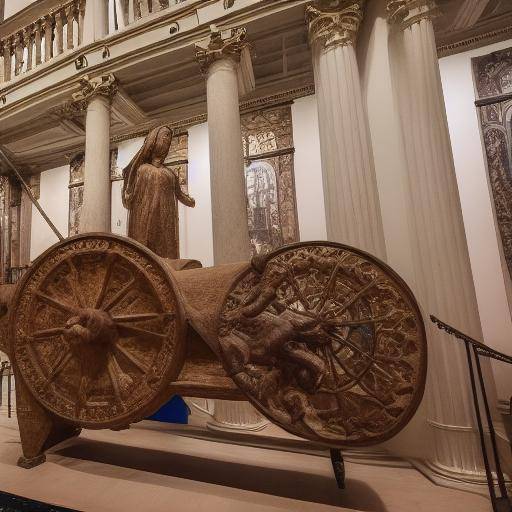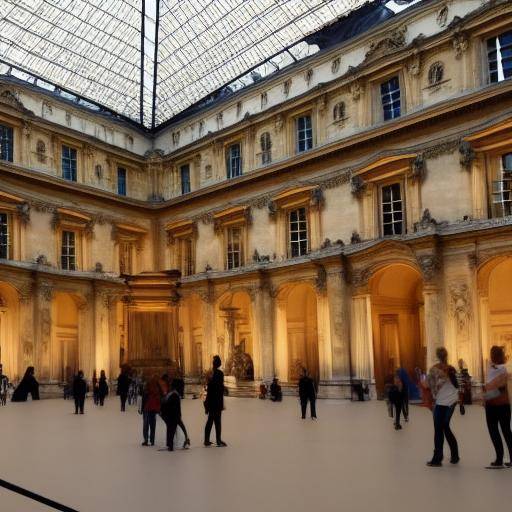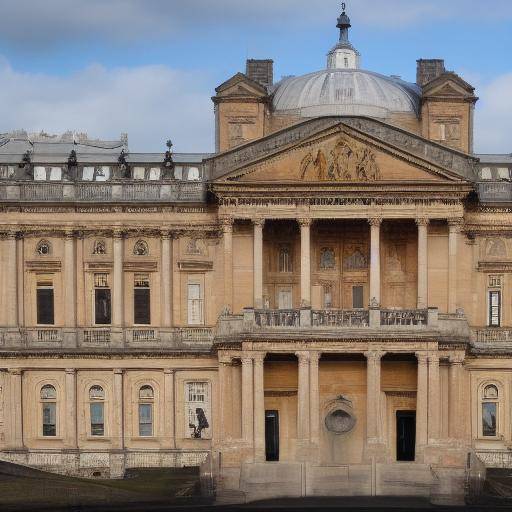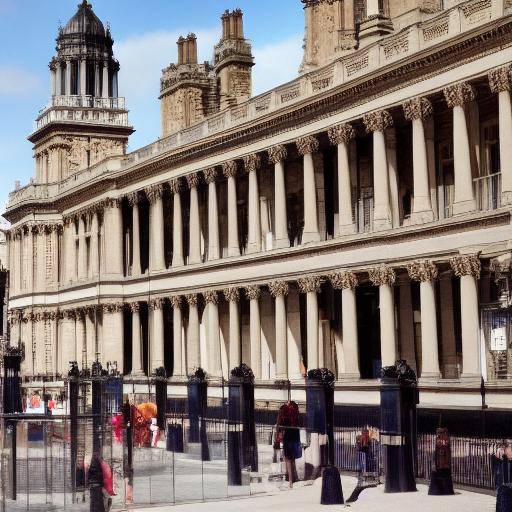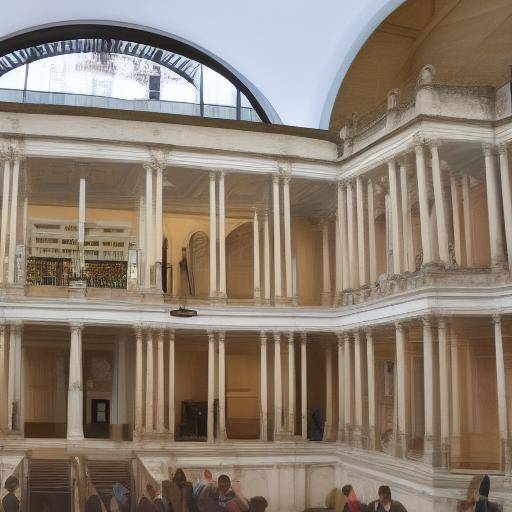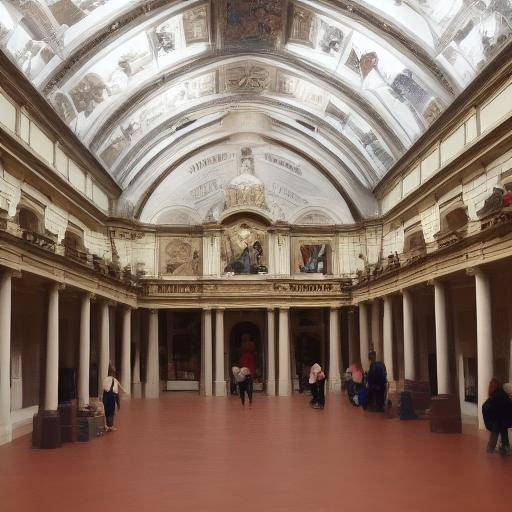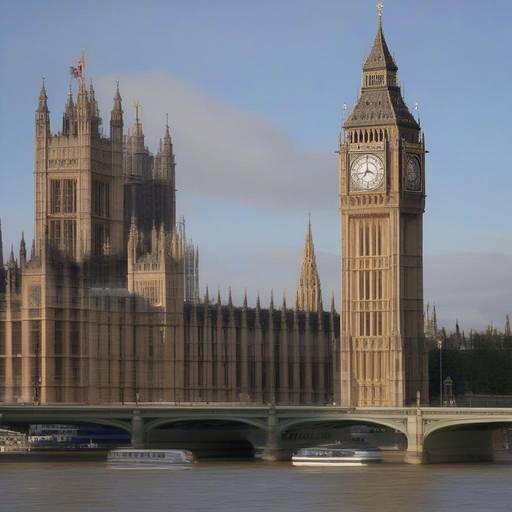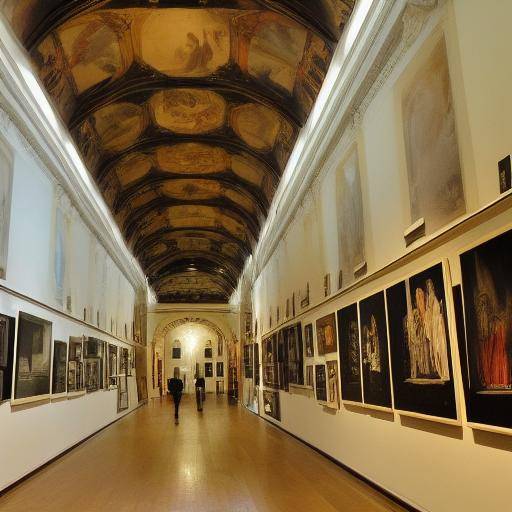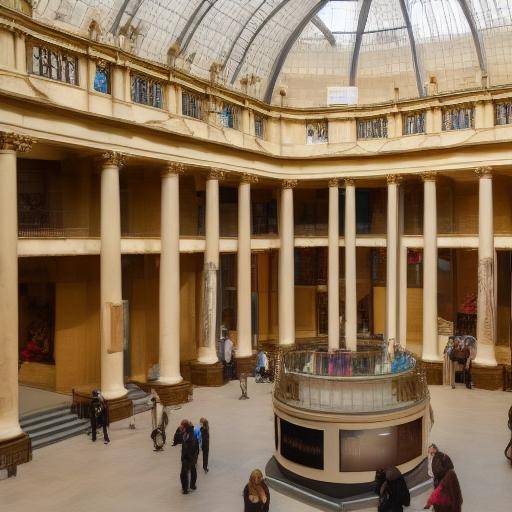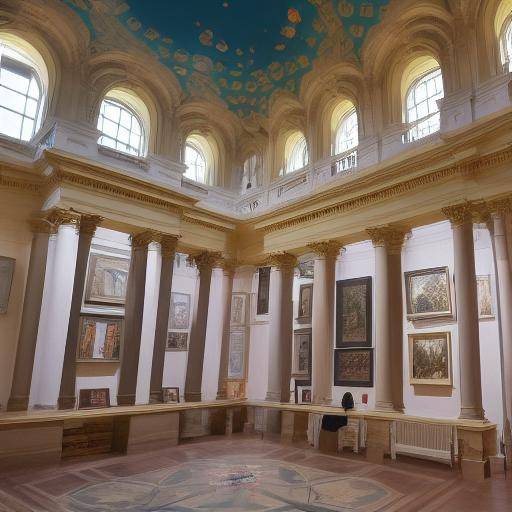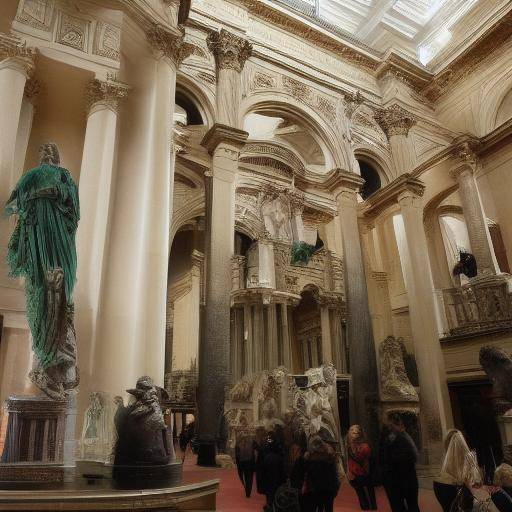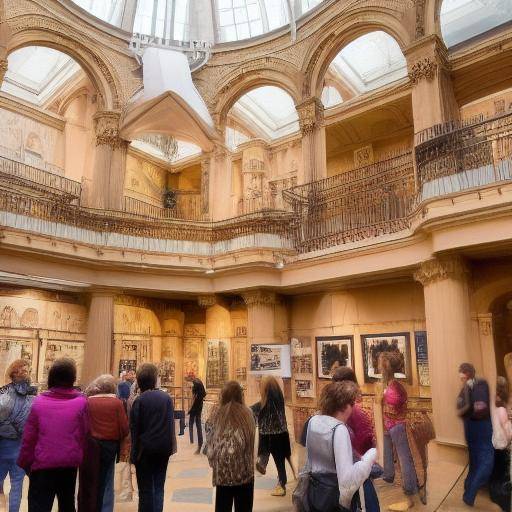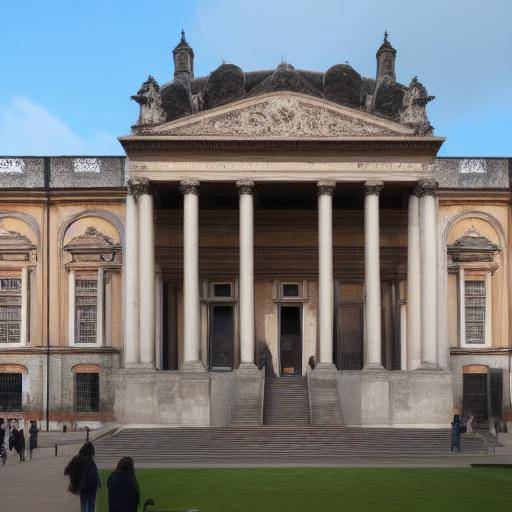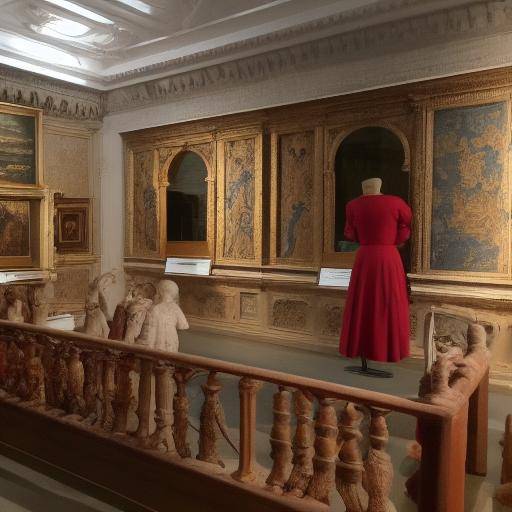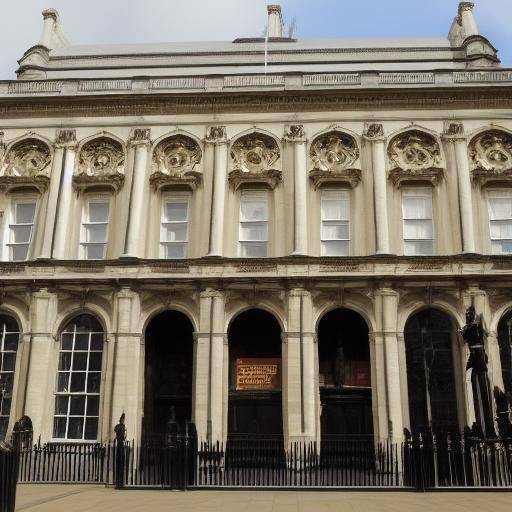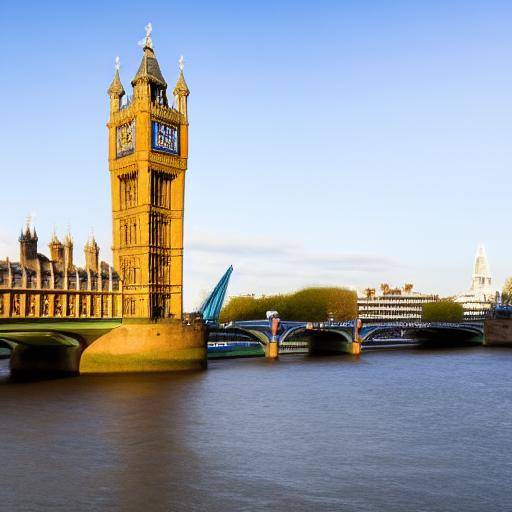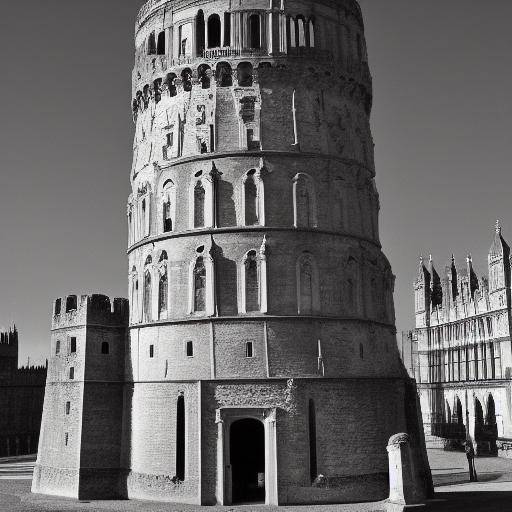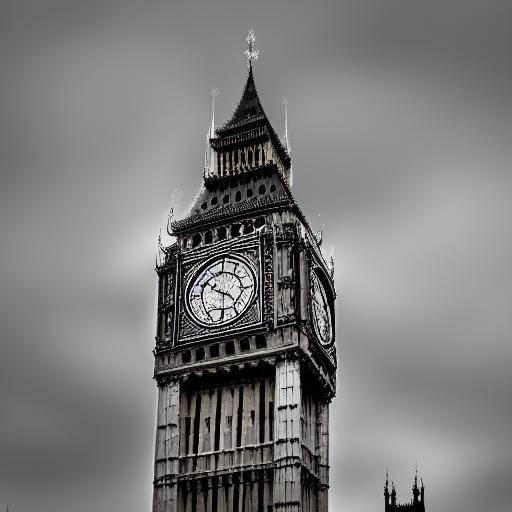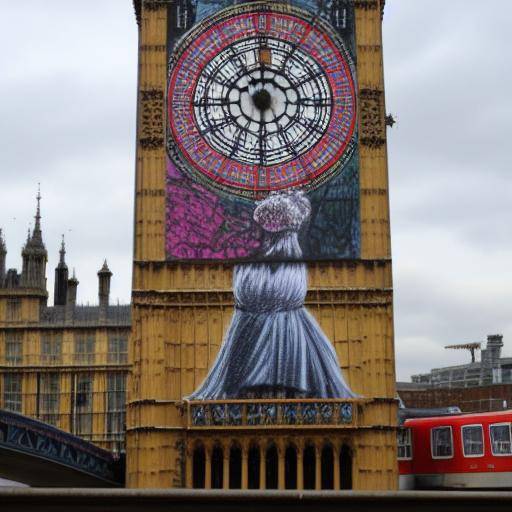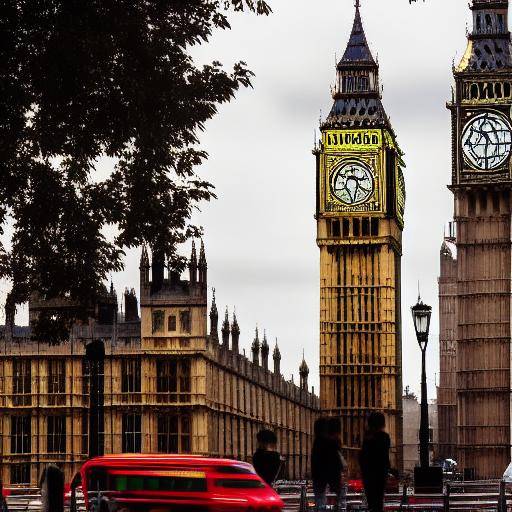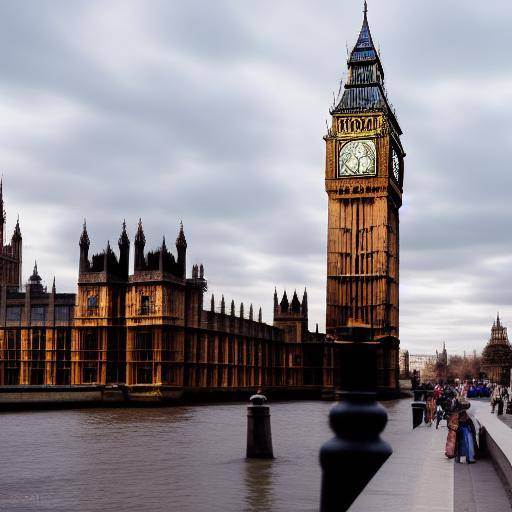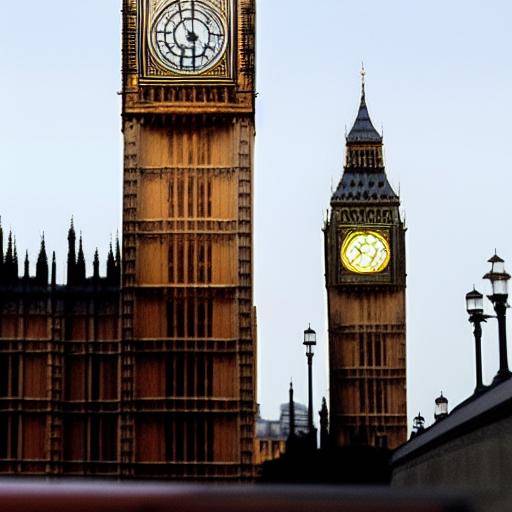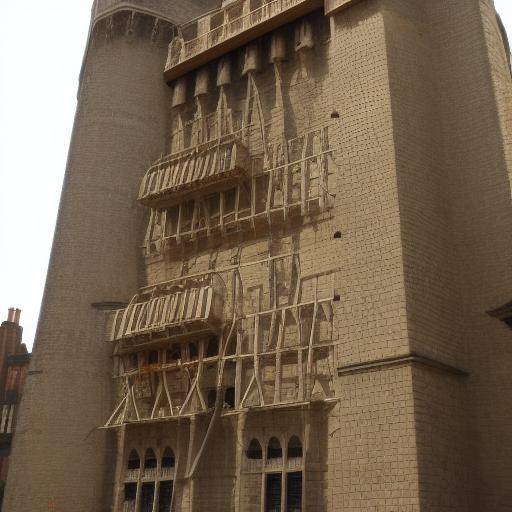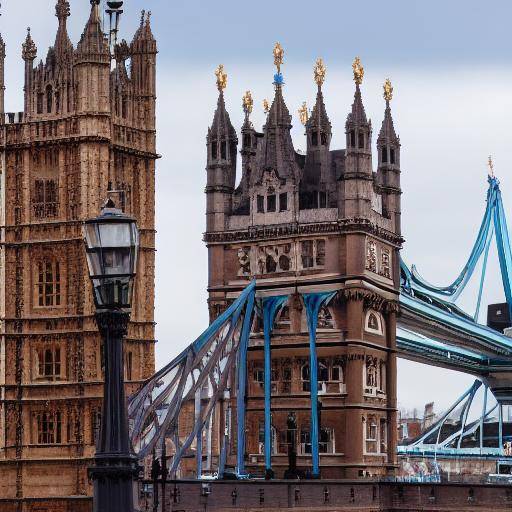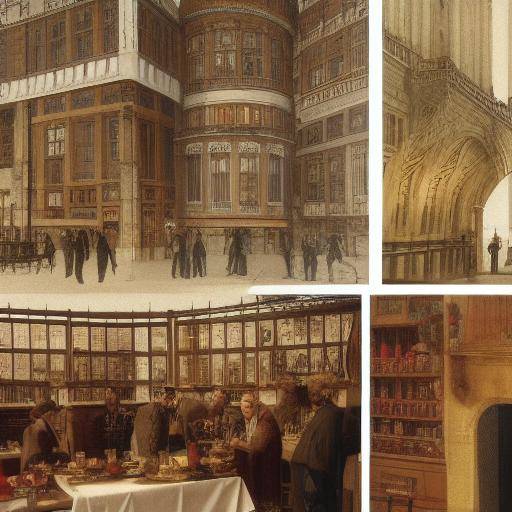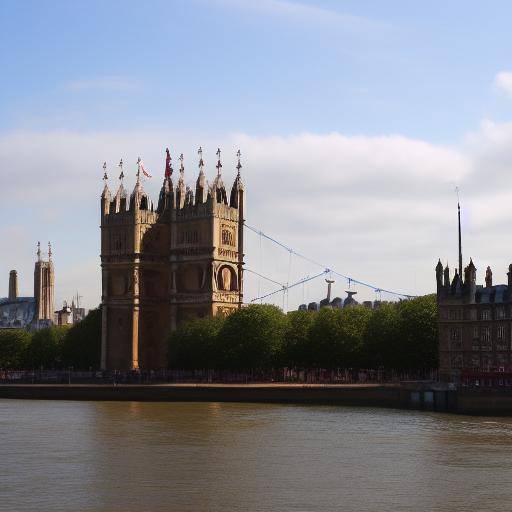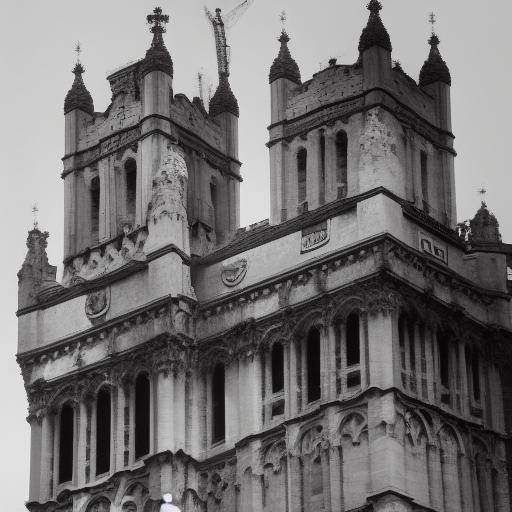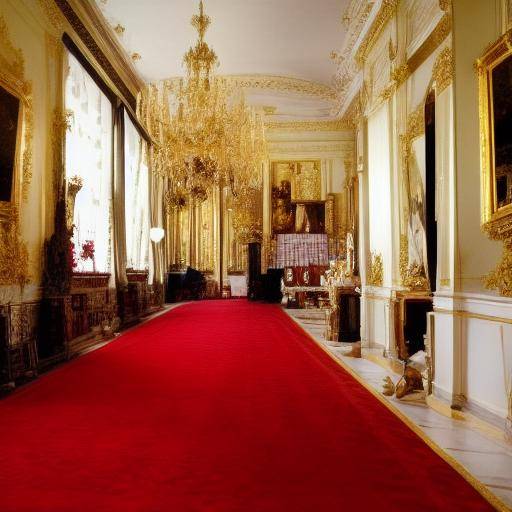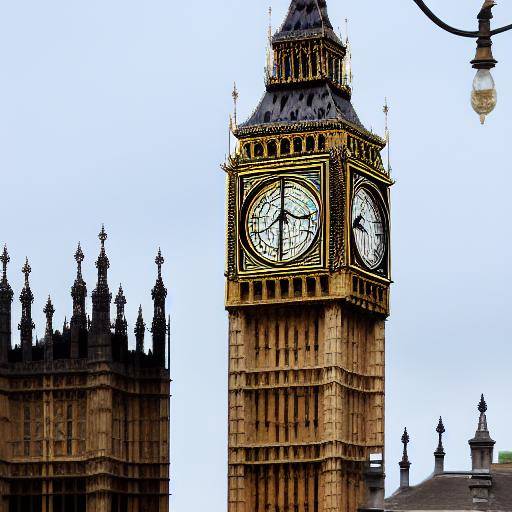
Architecture in London is a testimony to the historical splendour and contemporary innovation. From the iconic Big Ben to the imposing Tower of London, the British capital buildings tell stories that have endured over the centuries. In this article, we will explore the impressive lessons that the London architecture has to offer, from its glorious past to the trends of the present. You will discover not only the majesty of these architectural milestones, but also the lessons they offer on the history, design and cultural legacy of London.
Introduction
London, the vibrant capital of the UK, is a crucible of architectural influences that span centuries of history. From its historical monuments to bold modern structures, the city offers a unique vision of architectural evolution. In this article, we will explore the lessons we can learn from two of London's most outstanding emblems: the Big Ben and the Tower of London. From its construction to its impact on British architecture, we will discover how these monuments have marked the architectural identity of the city.
History and Background
London is a city impregnated with history, and its architecture is witness to its rich legacy. The Big Ben, famous for its imposing presence on the city's horizon, stands as a symbol of Victorian architectural mastery. Built in the nineteenth century, this bell tower has resisted the passage of time and has become a world-renowned icon.
The Tower of London, on the other hand, is a historic fortress that has played a crucial role in the history of the city. From its construction as a royal palace in the 11th century to its present function as a museum and testimony of the British monarchy, the Tower of London represents an architectural evolution that spans more than a thousand years.
Analysis in Deep
Big Ben
The Big Ben, officially known as the Great Watch Bell at the Palace of Westminster, is one of the most outstanding examples of neo-Gothic architecture. Designed by Augustus Pugin and completed in 1859, its structure not only stands out for its aesthetics, but also for its mechanical precision. The watch, famous for its punctuality, symbolizes the stability and progress of the Victorian era.
The Tower of London
Built by William the Conqueror in 1078, the Tower of London has served as a royal palace, prison, currency house and arms store. Its Romanesque architecture, with thick walls and defensive towers, reflects the military and political needs of the time. The Tower has witnessed numerous historical events, including the execution of prominent figures and the custody of the Crown Jewels.
Comprehensive review
The influence of the London architecture is not limited to its historical monuments. The interaction between traditional and contemporary design in the city offers a unique vision of how the past and the present converge to shape the future of architecture. Modern buildings like The Shard and the Gherkin are integrated into the urban landscape, creating a continuous dialogue between the old and the new.
Comparative analysis
By comparing the Big Ben with the Tower of London, surprising elements of cohesion and contrast highlight the diversity of styles and functions that have defined the London architecture over the centuries. While the Big Ben symbolizes the precision and modernity of the industrial era, the Tower of London represents the strength and continuity of the British monarchy.
Practical Tips and Accessible Tips
For lovers of architecture and history, a visit to London is a unique opportunity to immerse yourself in an architectural crucible that spans from Gothic grandeur to avant-garde innovation.
- Guided Tours: Take advantage of guided tours to gain a deeper understanding of the history and architecture of these monuments.
- Independent exploration: Walk through the streets of London and discover the mix of historical and modern buildings that make up its urban landscape.
- Museums and Exhibitions: Visit museums and exhibitions dedicated to architecture to learn more about the techniques and styles that have influenced the development of the city.
Industry Perspectives and Expert Reviews
The opinion of architectural experts highlights the importance of preserving and learning from historical monuments, while promoting innovation and creativity in modern architecture. According to Norman Foster, one of the most influential architects in the world, the key to a successful architecture lies in the ability to integrate the past with the present, creating spaces that are functional and aesthetically pleasing.
Case Studies and Real Life Applications
The historical and symbolic meanings of monuments such as the Big Ben and the Tower of London illustrate how architecture can embody the cultural identity and spirit of a city. The renovation of the Big Ben, for example, shows how the preservation of historical buildings can be carried out without sacrificing its structural or aesthetic integrity.
Future Trends and Predictions
The architecture in London is experiencing a rebirth with new projects that combine modernity and sustainability, creating a dynamic and visionary architectural landscape that is projected into the future. The incorporation of green technologies and eco-efficient design are transforming the way buildings are built and maintained, ensuring that London remains a leading city in architectural innovation.
Conclusion
Architecture in London is not only a reflection of the past of the city, but also a testimony of its constant evolution. From the splendour of the Big Ben to the imposing presence of the Tower of London, these monuments not only inspire admiration, but also offer valuable lessons on human capacity to transcend time through art and engineering. Exploring these architectural milestones allows a deeper understanding of London's history and cultural development, while at the same time we appreciate the modern trends that are shaping its future.
FAQs
What is the historical meaning of Big Ben?
The Big Ben, in addition to being an outstanding architectural feat, symbolizes the stability and determination of the British people, especially during critical moments of their history.
What is the link between the Tower of London and the British monarchy?
The Tower of London has played a crucial role in real history, from its function as a medieval palace to its role as a place of custody and royal treasure.
What are the current architectural trends in London?
Currently, there is a trend towards sustainability and innovative design, with a renewed appreciation for the harmonious integration of the old and the new.
What design and construction lessons does architecture offer in London?
The London architecture teaches the importance of durability, adaptation to the urban environment and the ability of buildings to tell significant stories.
What is the tourist impact of the London architecture?
London's iconic architecture attracts millions of visitors every year, serving as a cultural and tourist magnet that drives the city's economy.
How are these historic monuments preserved and protected in London?
Government agencies, conservation organizations and the local community work together to safeguard the architectural legacy of London through careful preservation programs.
In conclusion, architecture in London is a crucible of history, innovation and aesthetic beauty. From the historical monuments that narrate the rich history of the city to the modern structures that define its future, the London architecture offers a rich source of inspiration and learning for architects, historians and lovers of culture alike.
References
- "Big Ben: The History of the World's Most Famous Clock Tower" - Londonist [https://londonist.com/london/history/big-ben-facts]
- "Tower of London" - Historic Royal Palaces [https://www.hrp.org.uk/tower-of-london/]
- "London's Evolving Skyline: The Future of Architecture" - The Guardianhttps://www.theguardian.com/artanddesign/2019/jun/15/skyscrapers-mega-projects-rewards-hazards-of-london-historic-building-boom]

